1989 Xiaguan “Jia Ji Tuocha” Raw Puer
$55.90
- Area: Blended Tea material
- Weight: 1 Tuocha 84 +/- grams
Description
Name: 1989 Xiaguan “Jia Ji Tuocha” Raw Puer
Year: 1989
Producer: Xiaguan Factory
Area: Blended tea material from Lincang, Baoshan, Dehong, Banna and other prefectures.
Weight: 1 tuocha 84 +/- grams
(1989 Xiaguan “Jia Ji Tuocha” Raw Puer)
This tea is the classic Xiaguan (under the management of CNNP) 甲级 Jia Ji (first grade) Tuocha.
I was lucky enough to have a reliable source from the factory to get this old tea.
What makes this Tuocha different from other Jia Ji Tuocha out there?
Firstly, its age, most Jia Ji Tuos from Xiaguan sold are from early 2000.
Secondly, to prevent counterfeiting, this Jia Ji Tuo is the first to have the Chinese character “甲” pressed on it at that time. This 甲 character was used from 1989 until 1994. Then after 1995, they start pressing the “G” logo on the Jia Ji Tuo.
To the best of my knowledge, there are no fakes with the 甲 character. This tea is an authentic old Xiaguan product guaranteed.
Thirdly, appropriate storage conditions for the tea to transform (tuos have a tight compression). It spent some years of its life in Hong Kong’s traditional storage (underground storage), then move to drier storage on the ground floor or upper floors in a drier environment. Then it was brought to Kunming. Consequently, thanks to this storage alternation, the tea has a good equilibrium between wet and dry, where you can drink it without the high astringency, bitterness and smoky flavour that it has when it’s young. On the other hand, since its arrival to Kunming, it has lost most of the humid storage aroma/flavour resulting in a mellow tea that is way more drinkable than when young.
At the time of writing, I brewed this tea in a 90 ml gaiwan/ 6.94 grams of tea.
The dry leaves in the preheated gaiwan have an earthy aroma.
The wet leaves still have some humid storage aroma in the gaiwan, but not overpowering like some wetter stored teas, since the tea has been air out in Hong Kong and then in Kunming for many years.
I can also feel that sugarcane sweetness aroma, like the one that our Chatou from Lincang has.
I did 25 infusions with the above brewing parameters. Yes, 25th without exaggeration! But just up to the 23rd tastes decent. The 24th and 25th were closer to sweet water flavour (I wanted to push it to its limit to see how many brews it could give).
Good old tea can give way more infusions than modern factory tea productions. The tea quality material is not the same as that of the present time due to various factors.
The tea has transformed considerably. Now has a very low astringency compared to young Pu. It has lost the sharp bitterness and classic smokiness of many Xiaguan teas. It has a viscous tea soup and a sweet liquorice-like huigan from the first to the last infusion with plenty of salivation at the sides of the tongue.
The tea has some fruity notes and darker ones given by its age and storage conditions. I didn’t feel any bitterness in this session despite brewing it for a longer time than I usually do in each infusion.
But I remember feeling some bitterness in initial infusions more than a year ago when I brewed it in a teapot. This chunk I brewed was the last piece of the same Tuocha (brewed more than a year ago). So I think that little bitterness left in the tea is gone.
In the 5-6th infusion, I started feeling the energy of this tea. It is very warm, soothing, and comfortable in the body. As it should be in a good quality old tea.
Brewing tip! Even though the tea compression has loosened up, it still needs many steeps for the tea leaves to open up completely. If you look at the tea liquor pictures above, even infusion number 20 is darker than the 14th. This will depend on the chunk you get. In particular, the centre of the Tuocha has the tightest compression. At the time of writing this description, I used the dimple of the Tuocha.
You could do longer time rinses, 1-2 to help the tea leaves open more If you receive tightly compressed chunks. Otherwise, it’s not necessary to do long rinses. Most importantly, I advise you to enjoy the tea session and be patient for the leaves to open fully.
Note: I include a picture with sunlight where you can see the Jia 甲 character. In the rest of the pictures, the 甲 character is not so clear. And you have to rotate the pictures to see it in the upward position.
I added some new pictures of the tea leaves and you can notice a difference in colour between picture 5 and pictures 6,7 and 8. I explained why in our blog: https://yunnanteamarket.com/1989-xiaguan-jia-ji-tuocha-raw-puer-tea/
About old teas: usually, the wrappers have holes since they are bug-bitten. You may also find tea oil stains.
Commonly, the paper disintegrates over time. And dust appears between the cake and the wrapper. The dust could also be from the bamboo wrapper. You can remove this dust by blowing it out. The easiest way is to brush it off.
Also, note that there might be hair, tea pods and tiny stones/rocks.
Please consider this before buying old compressed Puer teas!
Additional information
| Weight | N/A |
|---|---|
| Weight | 10 grams sample, 100 grams |
Reviews (1)
1 review for 1989 Xiaguan “Jia Ji Tuocha” Raw Puer
Only logged in customers who have purchased this product may leave a review.
Related products
Aged Puer
Raw Puer
Aged Puer
Puer tea factories
Raw Puer
Zhi De Hong Chang Tea Factory
Aged Puer
Raw Puer

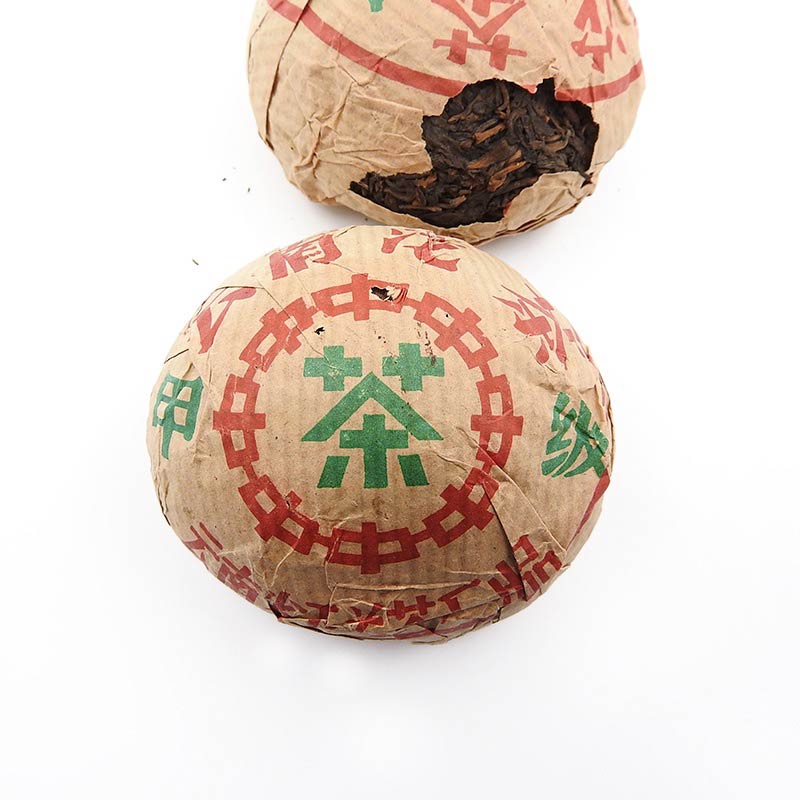
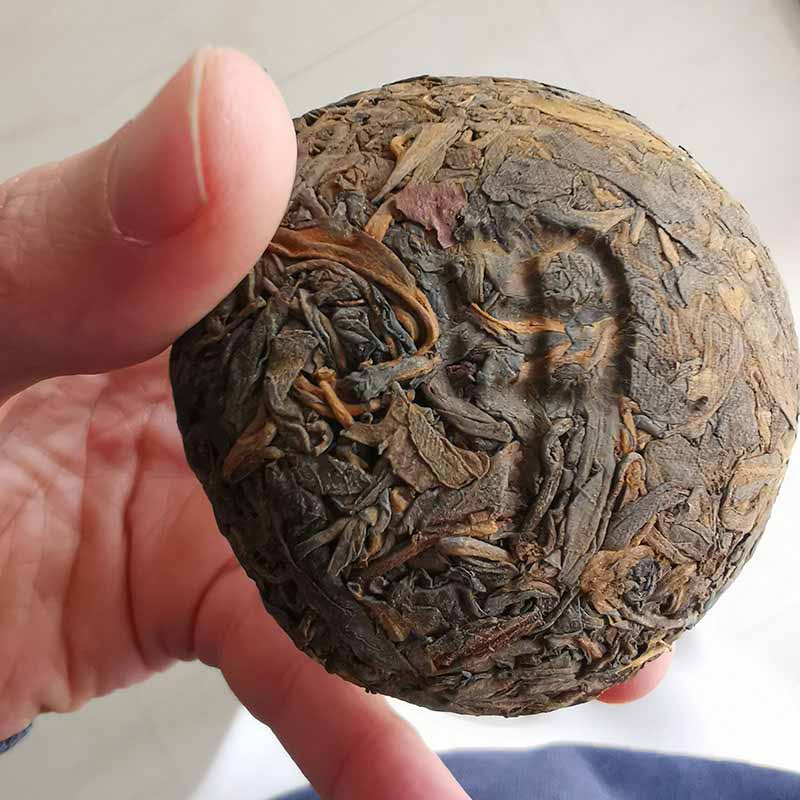
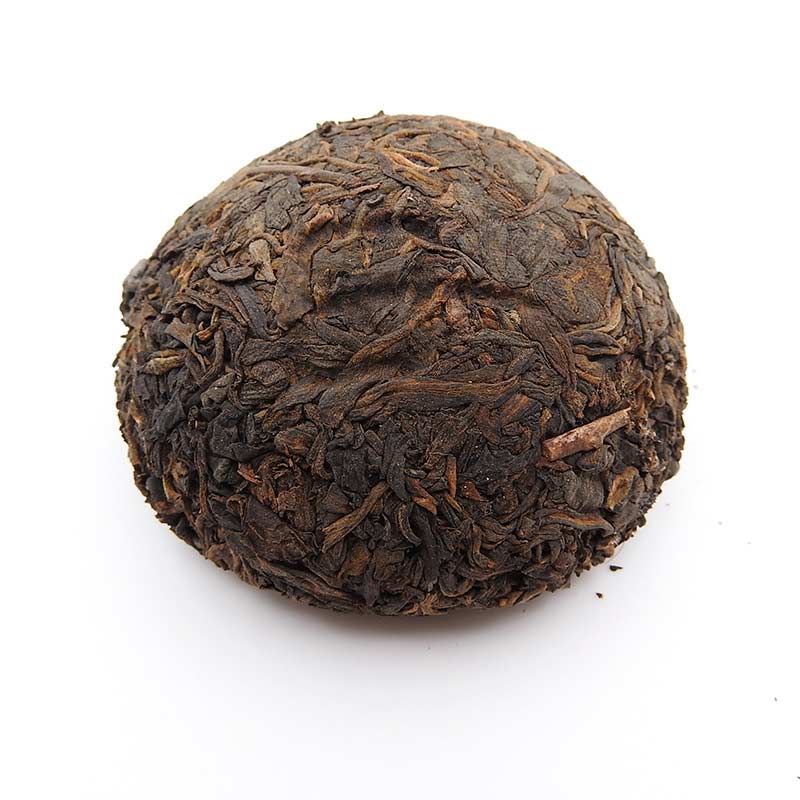
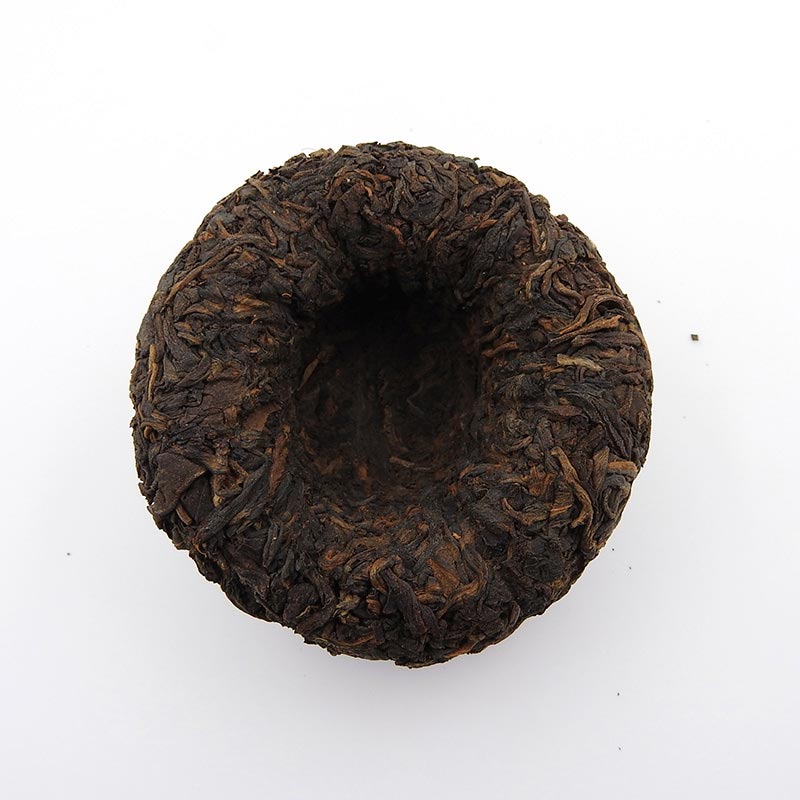


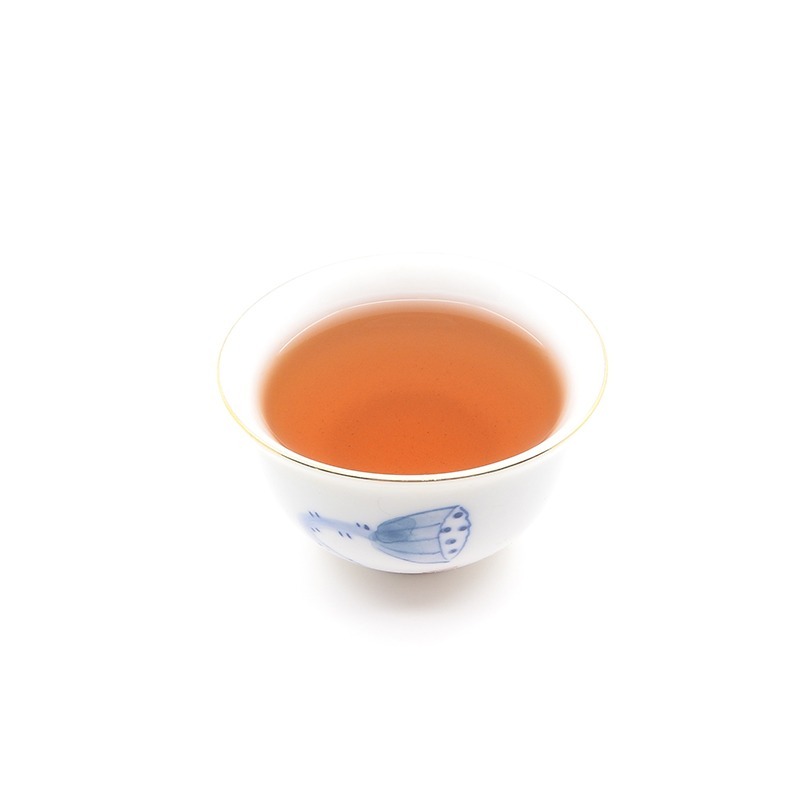
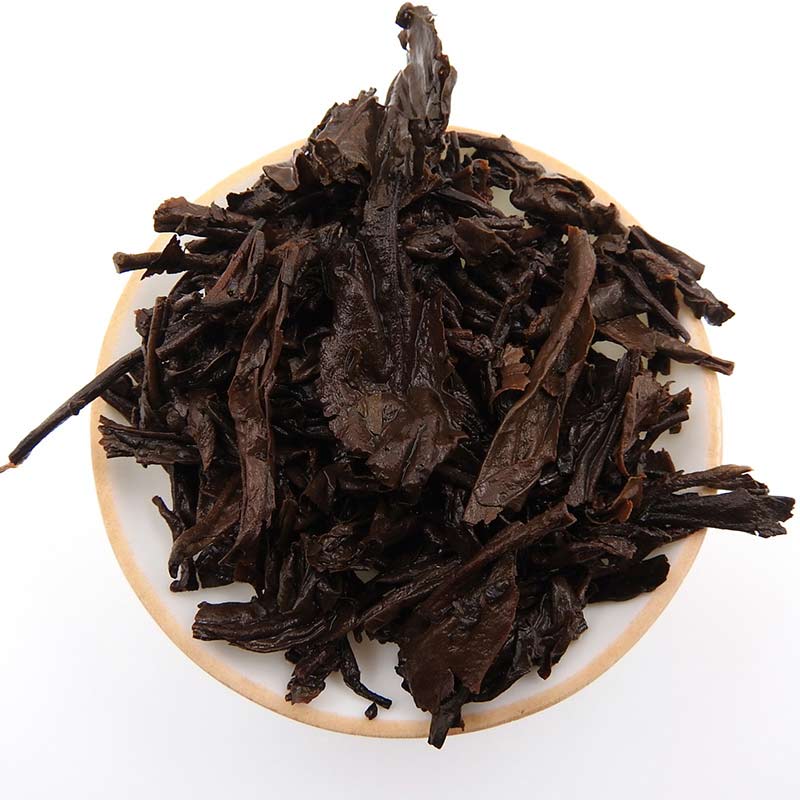
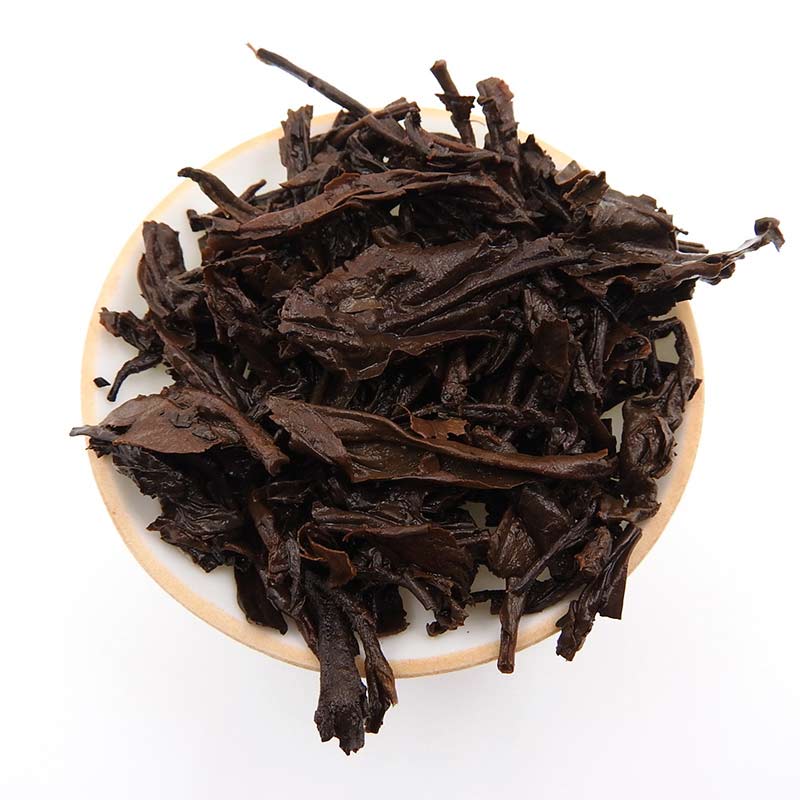

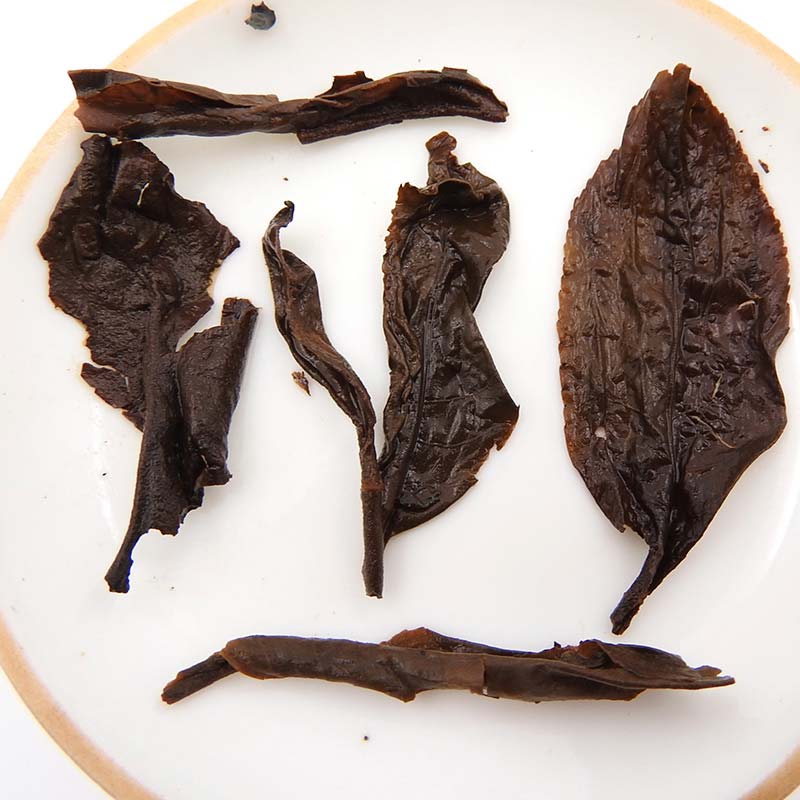
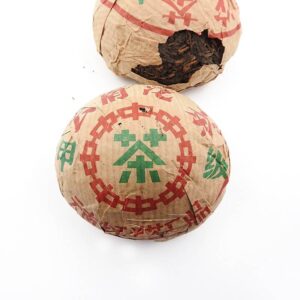
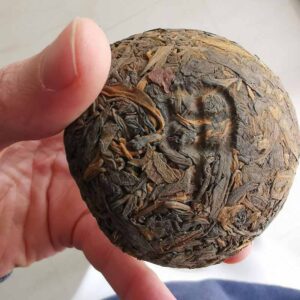

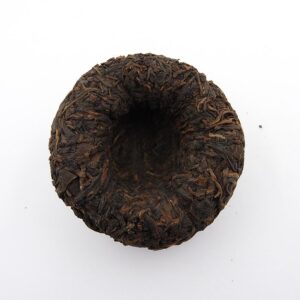


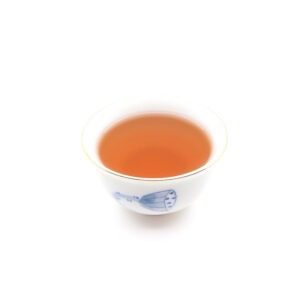
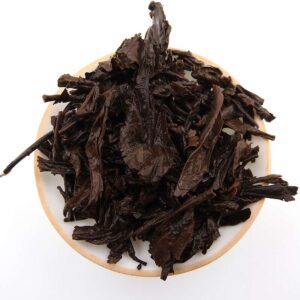
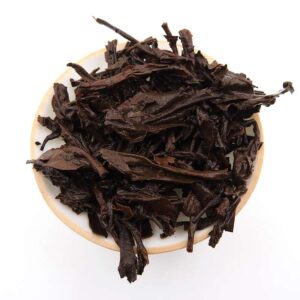
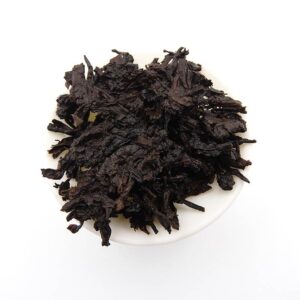
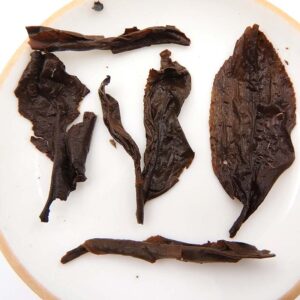
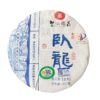
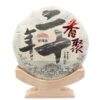
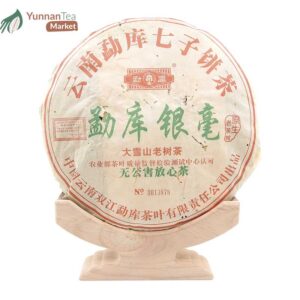
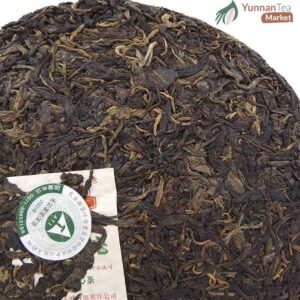
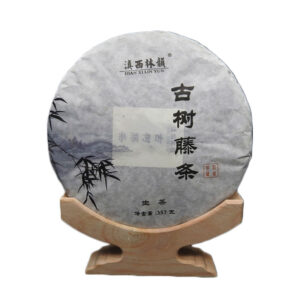
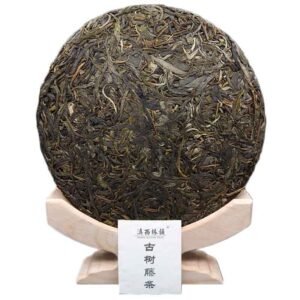
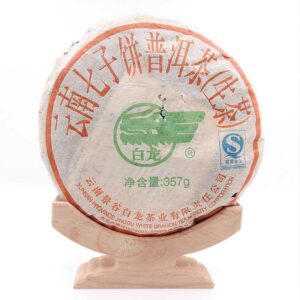
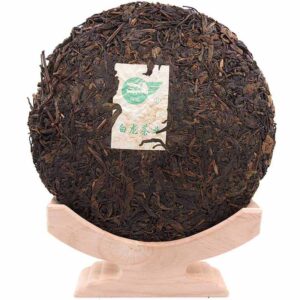
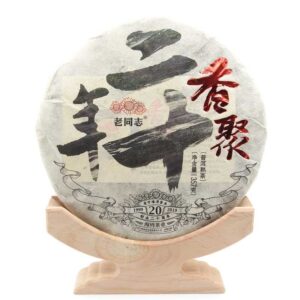
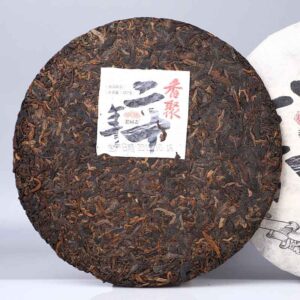
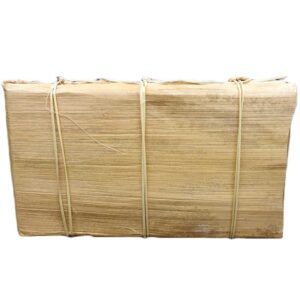
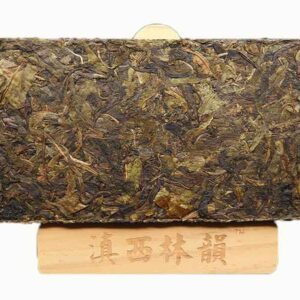
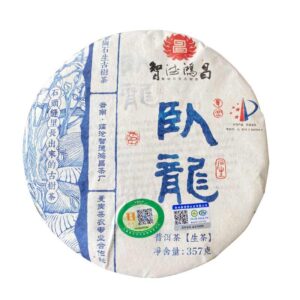
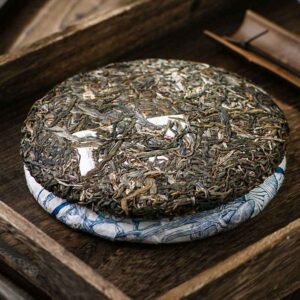
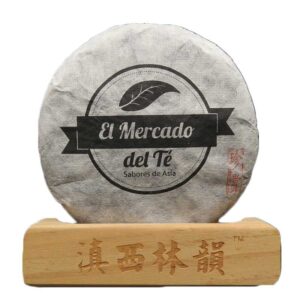
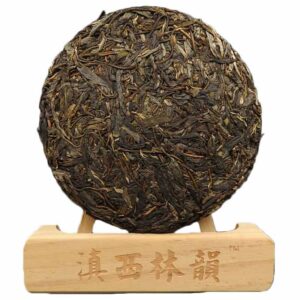
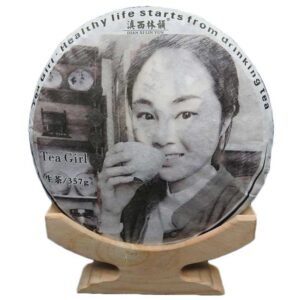

grandosop (verified owner) –
Perfectly stored old tea. For those who never tried an old Puerh, this is a great example. Soothing, warming Cha qi. It is very sweet and thick in the mouth. The tea has aged considerably and has a fruity and dark character.